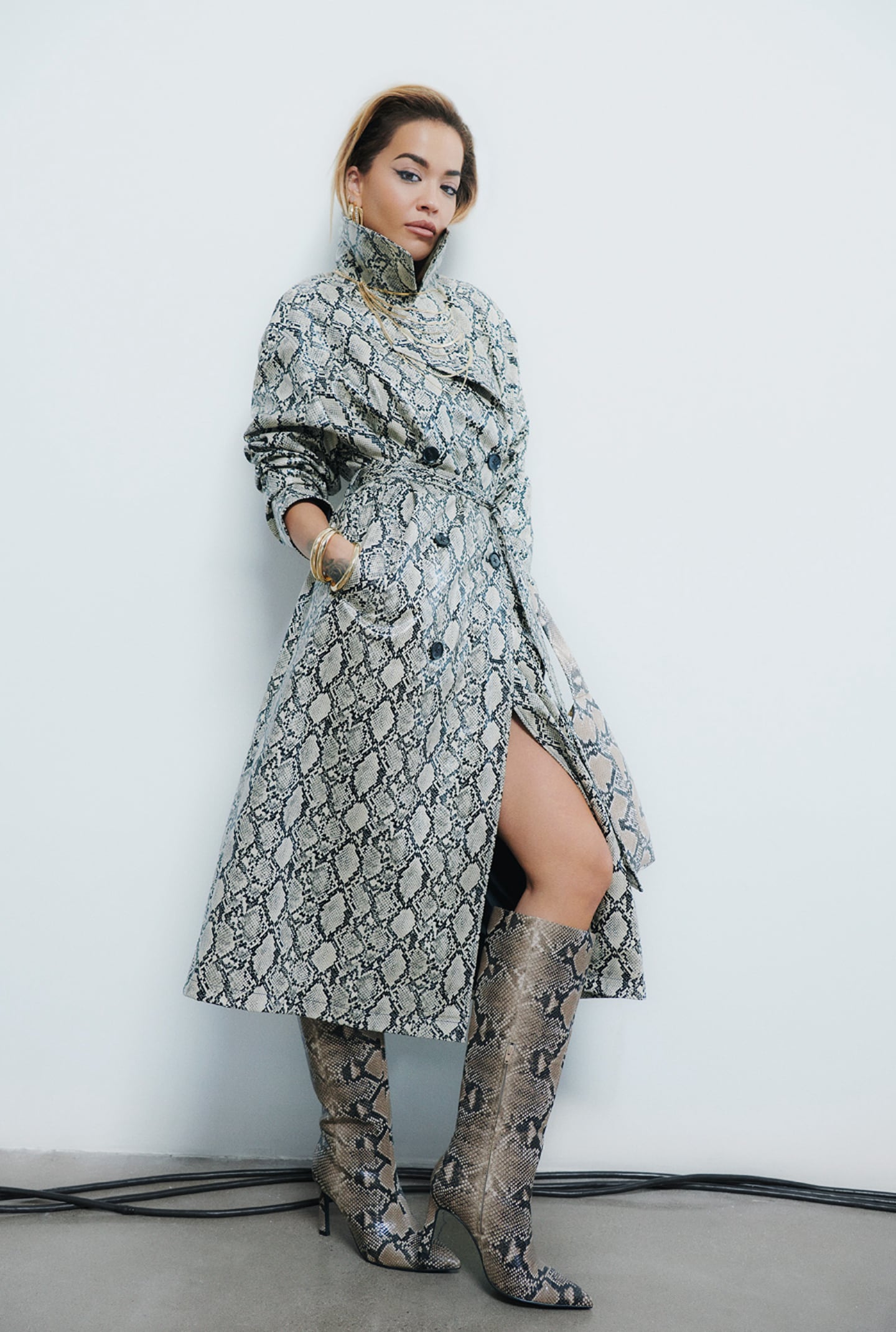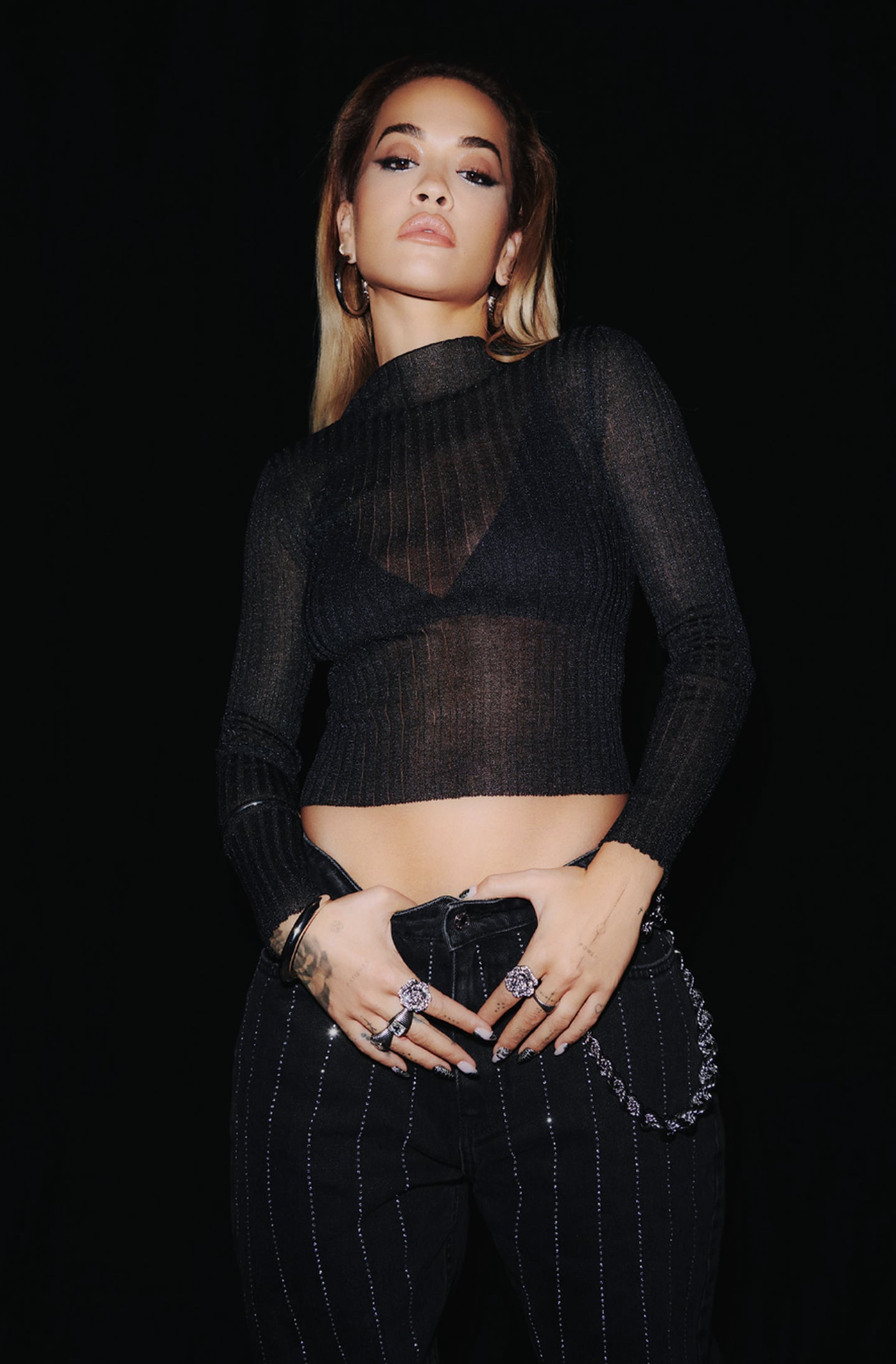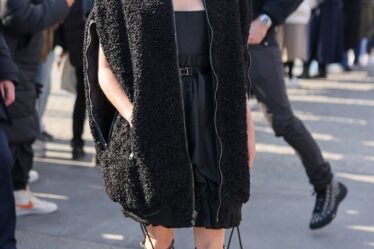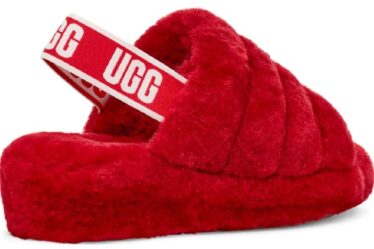
When Rita Ora walked the red carpet at the Fashion Awards in London this week, the singer donned a black floor-length maxi dress with an ultra low back and elevated square-neck.
At a quick glance, the gown wasn’t so different from many of the looks Ora has stepped out in over the years (the prosthetic spine she wore on her back is another matter entirely) — except for its price tag: £50 ($64).
The item is one of 260 pieces featured in Ora’s Primark collections — the first of which launched in September as part of a multi-year partnership between the performer and the fast fashion retailer. The second line landed last month, comprising mostly evening and festive wear. The collections, priced between $5 to $70, are sold in 430 Primark stores across 16 markets.
Like many celebrities who have debuted fashion lines, Ora is doing her part to hype the collaboration. She’s been wearing the garments at events, posting about them on Instagram and TikTok (26 times in October alone, per data from Trendalytics), and creating video content on YouTube chronicling her meetings with Primark’s design teams.
“I wanted it to be different, so I became really hands on in the creation,” she told BoF. “You’ll never see anything in the collection that I wouldn’t personally wear.”
Celebrity partnerships are a right of passage for fast-fashion retailers. H&M’s past collaborators run the gamut from Madonna and Kylie Minogue to David Beckham and The Weeknd. Boohoo has sold collections from Megan Fox, Kourtney Kardashian Barker and others. Zara got into the game with British actress and singer Charlotte Gainsbourg in 2021 and the model Kaia Gerber last year.
Primark’s first celebrity collaboration is more elaborate than most. Ora’s collection includes nearly 10 times as many items as Gerber’s Zara collab, and has a prominent tab on the retailer’s website, sandwiched between “women” and “kids” in the US version. The stakes are arguably higher: A household name in the UK and across much of Europe, with £9 billion ($11.2 billion) in sales for its fiscal year ending in September, Dublin Ire.-based Primark has been slowly building its presence in the US. Ora provides an opportunity to become known for something more than a slightly exotic alternative to other ultra-affordable mass retailers.
“In the US, our prices are doing a lot of the talking for us — but we’re a lot more than that,” said Jermaine Lapwood, Primark’s director of innovation. “There’s a huge personality behind our brand and a lot of emotional connection.”
Whether the collection delivers will hinge on Ora’s star power, how much consumers’ buy into the authenticity of her connection with the retailer, and the extent to which Primark can build on the partnership, most importantly via brick-and-mortar expansion, experts say. (Primark’s first US store opened in Boston in 2015 it now has 24 locations, mostly in the Northeast; H&M has over 500.)
“The biggest challenge Primark is going to have in expanding in the US is stealing market share from very established fast fashion retailers like H&M, Zara and Forever 21,” said Erica Grant, partner and head of the leadership and talent practice at business advisory firm Lotis Blue Consulting. “Its [competitors] have a far more expansive physical presence. Primark … is going to have to put a lot more investment effort into driving visibility in other ways.”
Why Rita Ora?
To resonate with consumers, it’s critical that the brand and celebrity “feel like a good fit,” said Karen Harvey, founder and chief executive of business consultancy Karen Harvey Consulting Group.
Born in Kosovo, Ora’s parents fled from the war-torn country to the UK when she was an infant. She said she spent much of her youth shopping at Primark’s flagship store in Hammersmith, West London. Ora had been spotted pairing high-end designer garments with Primark accessories as far back as 2014, well before inking a deal with the retailer.
“I’ve been so embedded with Primark for so many reasons — it’s just such a cultural representation of where I’m from,” she told BoF.
Ora is an expert at drumming up buzz, or “talkability,” as Lapwood puts it. A tabloid fixture for her outfits and red carpet appearances, she has 16 million followers on Instagram and 2.7 million on TikTok. She also has a history of collaborations that proved to have legs, including a deal with Adidas starting in 2014 that spanned three years, and several collections for the lingerie brand Tezenis starting in 2016.

That puts her at a mid-tier level of fame – surveys by Marketing Evaluations, the company behind “Q Score” ratings of celebrities’ popularity, has consistently found about 31 percent of US respondents know who Ora is. Within that group, 9 percent are superfans, considering her one of their favourite personalities (near-universally known and beloved celebrities, such as Sandra Bullock and Tom Hanks, score above 30 percent in that last metric).
But, increasingly, retailers need to think beyond sheer popularity and take into account the extent to which a celebrity’s relevance reaches other areas like philanthropy, politics and issues such as sustainability and diversity and inclusion, Grant said. Companies must also consider how many “reinforcing characteristics” a potential celebrity partner shares with the brand and its customers in these areas, she added.
“The differentiator for this partnership is in the alignment between Ora’s own kind of philanthropic efforts, her own values and how she grew up, and her empowering women – and what Primark stands for,” Grant said.
Primark has already garnered some social media buzz from the partnership: Ora’s posts about the collaboration in October drove nearly $900,000 in earned media value for Primark, Trendalytics found. (Earned media value is the estimated dollar amount of all exposure generated from third-party websites, social media, or other types of media.)
The retailer has also had several pieces “sold out in weeks” and has seen “queues outside many of our stores,” Lapwood said.
Hot Right Now
Primark opened 11 US stores in the past year, with plans to reach 60 locations by 2026. For now, the retailer is leaning heavily on Ora, alongside deals with Disney and the NBA. The retailer will soon need to build on its early success with collaborations by teaming up with other potential partners, whether it’s athletes or creative directors at high-end fashion brands, Harvey said.
The goal should be to avoid relying too much on one particular personality or celebrity archetype, which could narrow Primark’s appeal, especially in the US where consumers’ attitudes toward its brand aren’t yet fully formed.
“Rita Ora is … a good play, but that can’t be the only play,” Grant said. “National retailers need to be thinking omnichannel … to attract attention but also to develop a brand presence and a business model that is sustainable.”



